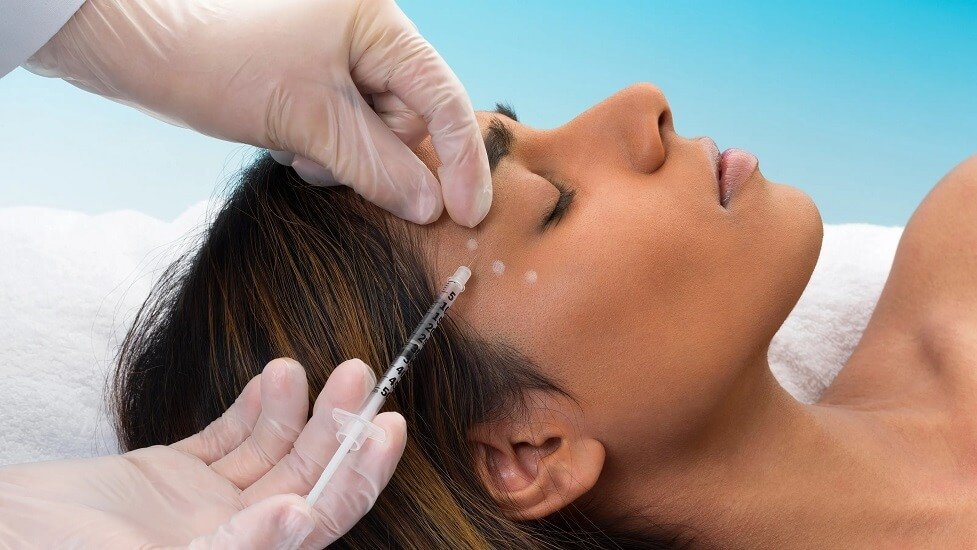If you’re considering getting Botox injections, one of the most common questions you might have is, “How long does Botox last?” Botox is a popular cosmetic treatment used to reduce the appearance of wrinkles and fine lines. Understanding the duration of Botox in Vaughan effects can help you plan your treatments effectively. In this article, we’ll explore the factors that influence the longevity of Botox and provide you with essential information to make informed decisions.
Introduction
Botox has gained immense popularity in cosmetic treatments due to its ability to reduce the appearance of wrinkles and fine lines effectively. It is a neurotoxin derived from the bacterium Clostridium botulinum. When injected into specific muscles, Botox temporarily relaxes them, resulting in a smoother and more youthful appearance.
Understanding Botox: How It Works?
Botox works by blocking the signals between nerves and muscles. It inhibits the release of acetylcholine, a neurotransmitter responsible for muscle contractions. By temporarily paralyzing the muscles, Botox reduces the appearance of wrinkles and prevents new ones from forming.
Factors Influencing Botox Duration
The longevity of Botox results can vary from person to person. Several factors influence how long Botox lasts:
1. Injection Technique and Expertise
The skill and experience of the healthcare professional administering the injections play a significant role in the outcome. A trained and skilled injector will know the precise placement and dosage required for optimal results, which can enhance the duration of the effects.
2. Individual Metabolism
Each person’s metabolism is unique, and it can affect how quickly the body breaks down the Botox compound. Individuals with faster metabolisms may experience the effects wearing off sooner than those with slower metabolisms.
3. Dosage and Dilution
The amount of Botox used, and its dilution can impact the duration of the results. Higher doses may provide longer-lasting effects, but striking the right balance is crucial to avoid unnatural or frozen facial expressions.
4. Treatment Area
Different areas of the face have varying muscle thickness and movement patterns. Areas with stronger muscles, such as the forehead, may require more frequent treatments than areas with weaker muscles, such as the outer corners of the eyes.
5. Frequency of Treatments
Regular maintenance treatments are necessary to maintain the effects of Botox. The duration of each treatment’s results can accumulate over time, allowing for more extended periods between touch-ups.
Average Duration of Botox Effects
The duration of Botox effects depends on the specific treatment area. Here are the average durations for some common treatment areas:
1. Botox for Forehead Lines
Botox injections for forehead lines can typically last 3 to 4 months. As the muscles regain movement, retreatment may be necessary to sustain the desired results.
2. Botox for Crow’s Feet
For crow’s feet, the effects of Botox usually last around 3 to 4 months. Similar to other areas, maintenance treatments can help prolong the results.
3. Botox for Frown Lines
Botox injections targeting frown lines provide results lasting about 3 to 4 months. Regular treatments can extend the duration and enhance overall outcomes.
4. Botox for Bunny Lines
When smiling, bunny lines, the wrinkles on the sides of the nose, can be treated with Botox. The effects usually last 3 to 4 months, but individual responses may vary.
Prolonging Botox Results: Tips and Maintenance
While various factors influence the duration of Botox results, there are steps you can take to maximize the effects and maintain a more youthful appearance:
After receiving Botox injections, following the post-treatment instructions provided by your healthcare professional is crucial. It may include avoiding strenuous physical activities, refraining from touching the treated areas, and staying upright for a few hours after the procedure.
1. Stay Consistent with Treatments
Consistency is key when it comes to Botox treatments. Regularly scheduled appointments help maintain the results and prevent the reappearance of wrinkles. Consult with your healthcare professional to determine the optimal treatment intervals for your needs.
2. Maintain a Healthy Lifestyle
A healthy lifestyle can contribute to the longevity of Botox results. Staying hydrated, protecting your skin from the sun, eating a balanced diet, and avoiding smoking can all help enhance the overall effectiveness of the treatment.
Conclusion
In conclusion, the duration of Botox effects can vary depending on several factors, including injection technique, individual metabolism, dosage, treatment area, and frequency of treatments. Botox lasts between 3 to 4 months for common treatment areas. By understanding these factors and following proper maintenance strategies, you can enjoy the benefits of Botox for an extended period, achieving a more youthful and rejuvenated appearance.
Frequently Asked Question’s
Is Botox a permanent solution for wrinkles?
No, Botox is not a permanent solution for wrinkles. It provides quick results that typically last between 3 to 4 months.
Are there any side effects associated with Botox?
Like any medical treatment, Botox injections can have side effects. The most common ones include temporary bruising, swelling, and redness at the injection site. These side effects are usually mild and subside within a few days.
How soon can I see results after getting Botox?
The results of Botox injections can be seen within a few days, with optimal results appearing within one to two weeks after the treatment.
Can Botox be used for medical purposes?
Besides its cosmetic applications, Botox is also used for various medical purposes. It is commonly used to treat medical conditions such as chronic migraines, excessive sweating (hyperhidrosis), and muscle spasms.
Are there any alternatives to Botox?
Yes, there are alternative treatments available for reducing the appearance of wrinkles and fine lines. Some popular alternatives include dermal fillers, laser resurfacing, and chemical peels. It is recommended to consult with a healthcare professional to determine the most suitable treatment option for your specific needs.


